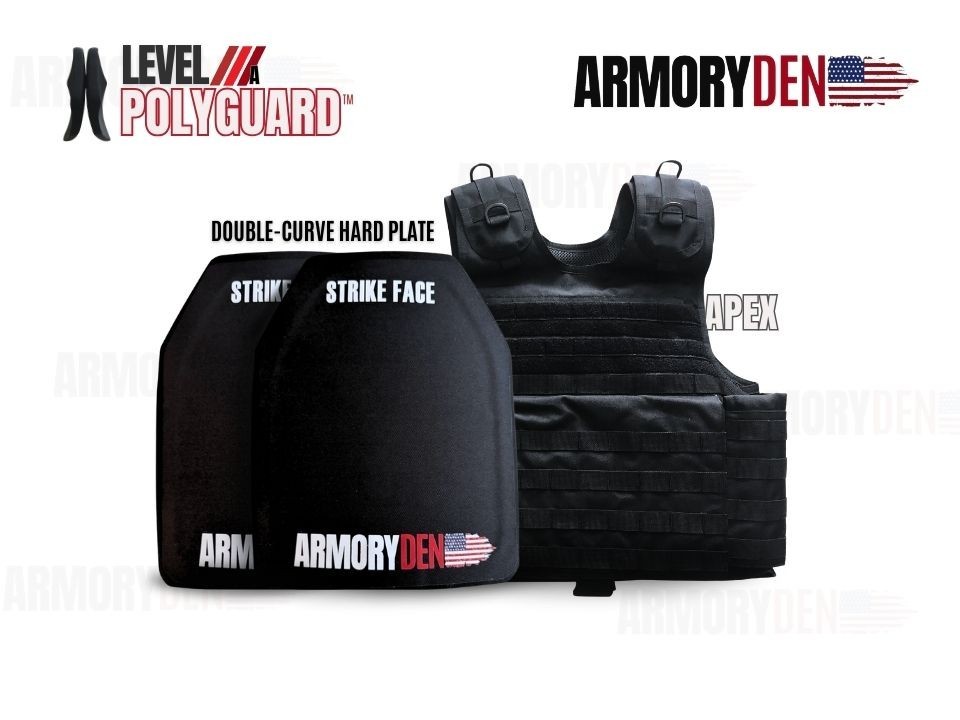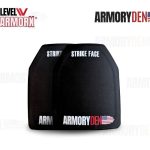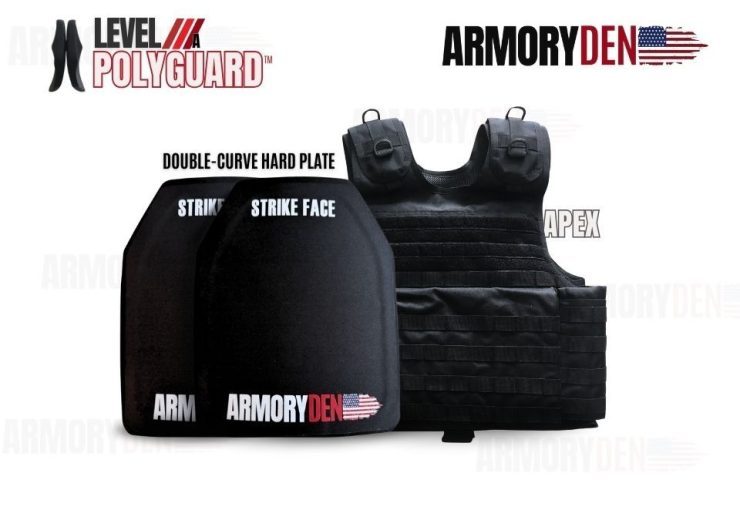
What Calibers Can Level 3 Body Armor Stop?
Level 3 body armor offers significant protection in hostile situations. It’s built to withstand a range of rifle fire; a reliable option when your life is on the line. Armor protection varies; it’s important to know which bullets it can stop.
How well does it stop bullets from common rifles? In a tactical situation, is the protection level strong enough? Consider the demands of a defensive scenario; does the protection measure up? Level 3 body armor has limits; understanding those limits is key to its effective use. Its ability to stop threats, and therefore protect you, is what we’ll explore.
When selecting Level 3 body armor, understanding its NIJ certification is key. This standard ensures that each plate has undergone rigorous ballistic testing against specified threats. Certified plates have been tested for impact resistance and durability, ensuring reliability in real-world applications.
There are two primary forms of Level 3 body armor: hard plates and soft panels. Hard plates, typically made from ceramic, steel, or UHMWPE (Ultra High Molecular Weight Polyethylene), provide multi-hit protection against rifle fire. Soft panels, often crafted from Kevlar or Dyneema, focus on handgun defense and are commonly worn for covert protection.
Hard armor is specifically designed to absorb and disperse energy upon impact, preventing penetration while minimizing trauma. Plates like the AD PolyGuard Level IIIA Hard Plate from Armory Den balance durability and lightweight construction, making them a great choice for extended wear. Some users choose to pair soft armor with trauma pads for added blunt force protection.
Beyond just torso protection, integrating side plates or additional coverage can enhance safety in high-threat environments. This ensures that vulnerable areas are not exposed to ballistic threats.
Level 3 body armor is designed to stop high-velocity rifle rounds, offering an intermediate level of protection between handgun-rated soft armor and heavy-duty Level IV plates. Here’s a breakdown of its stopping power:
Common Caliber Resistance
7.62x51mm NATO (M80 ball round) – A standard military round, this caliber is commonly used in battle rifles and designated marksman rifles. Level 3 plates are specifically tested to withstand this type of ammunition.
.308 Winchester – Nearly identical in performance to the 7.62x51mm NATO, this round is widely used in hunting and tactical applications.
5.56x45mm M193 – A prevalent cartridge in AR-15 platforms, this round can be stopped by Level 3 armor, but M855 “green tip” rounds (with a steel core) may penetrate standard plates.
7.62x39mm – The ammunition used in AK-47 rifles, this round is one of the most commonly encountered threats in combat zones. Level 3 plates provide reliable protection against it.
Impact Force Dispersion
The materials used in Level 3 armor absorb and disperse kinetic energy, preventing deep trauma. Ceramic plates break apart bullets upon impact, while UHMWPE layers catch and slow remaining fragments.
Hardened steel plates offer unmatched durability, though they can result in ricochet risks if not coated with spall-resistant materials.
Armor Configuration Variations
Different Level 3 configurations exist to balance weight, thickness, and protection. Some plates prioritize lightweight materials, such as polyethylene, for comfort and mobility, while others use layered steel or ceramic for extended durability.
Plates like the Guard Dog Tactical Level III UHMWPE 10×12” Ceramic Plate, available at Armory Den, offer a balance of lightweight construction and multi-hit durability.
Understanding how Level 3 body armor performs under different conditions is essential. NIJ-certified Level III plates must withstand multiple impacts from high-velocity rounds, offering defense against 7.62mm FMJ lead core rifle rounds, common .308 Winchester loads, standard 5.56x45mm NATO M193 ball rounds, and most 7.62x39mm AK-47 rounds. This makes them a reliable option for individuals in high-risk environments, such as law enforcement, security personnel, and civilians requiring enhanced ballistic protection.
However, limitations exist, particularly against high-velocity armor-piercing (AP) rounds, such as M855 green tip and M80A1 rounds, which can penetrate some Level 3 plates. Additionally, while multi-hit plates can absorb repeated shots, prolonged high-impact fire in the same area may compromise the plate’s structural integrity. In tactical situations where sustained fire is a possibility, individuals may need to consider additional armor solutions to supplement their Level 3 plates.
Weight also plays a significant role in mobility and endurance, as standard Level 3 plates weigh between 3-5 lbs each. This weight can affect movement, especially during extended wear. Lighter alternatives, like the AD ArmorX Level IV Hard Plate, offer enhanced stopping power without excessive bulk, making them ideal for those requiring both maneuverability and top-tier protection. Choosing the right balance between weight and protection is critical for individuals who must stay agile in high-risk situations.
Proper storage and maintenance are crucial to ensuring long-term performance. Avoid exposure to excessive heat, moisture, or direct sunlight, as these factors can degrade the plate’s integrity over time. Storing plates in a cool, dry place will help preserve their protective capabilities, ensuring consistent reliability in high-risk scenarios. Whether for law enforcement, security personnel, or personal protection, selecting the right Level 3 body armor requires balancing protection, weight, and durability to match specific threat levels.
Selecting the right Level 3 body armor depends on your intended use, expected threats, and weight tolerance. For law enforcement officers, tactical teams, and private security, steel and ceramic Level 3 plates provide high durability and repeated protection.
For individuals prioritizing mobility and lightweight construction, UHMWPE plates like the AD PolyGuard Level IIIA Hard Plate offer exceptional protection without excessive bulk.
When considering armor selection, it’s also essential to check compatibility with plate carriers. Armory Den’s selection of body armor ensures that each plate fits securely, optimizing both safety and maneuverability.
Level 3 body armor provides critical defense against high-velocity rifle rounds, making it a strong protective option for tactical and personal defense use. Designed to withstand 7.62mm FMJ rounds, it excels in stopping the most common military and hunting calibers.
While not rated for armor-piercing ammunition, it remains a reliable and widely used option for those needing robust ballistic protection. Armory Den offers NIJ-certified Level 3 plates tailored for various defense applications, ensuring maximum safety and confidence in high-risk environments.
For those seeking lightweight and high-performance body armor, consider options like the AD ArmorX Level IV Hard Plate, which provides enhanced protection against even greater threats. Browse Armory Den’s collection today to find the best fit for your protection needs.



